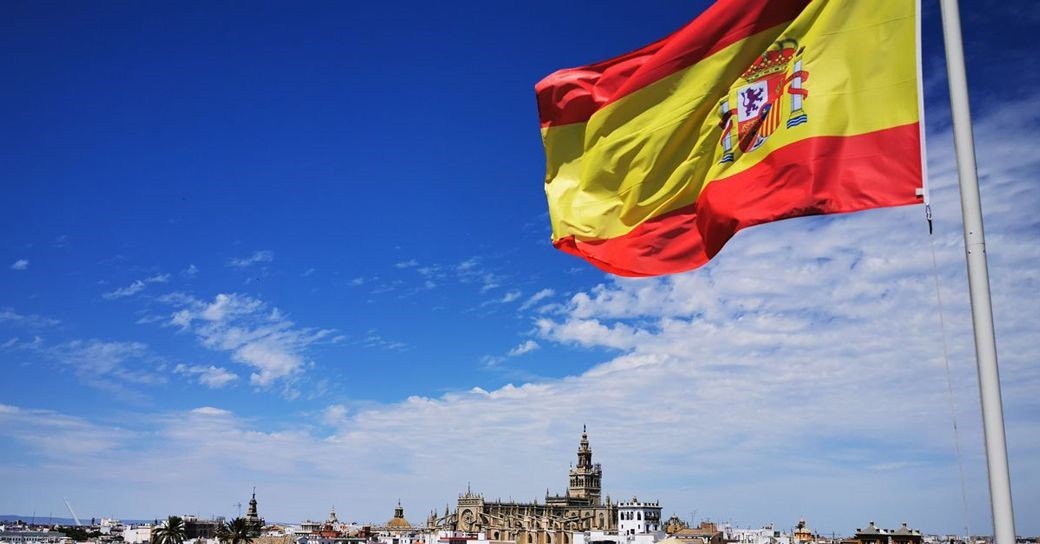Spain is changing its attitude toward tourism, but it is not implementing a "tourist ban" as some have claimed. Instead, the country is taking steps to better control tourism, particularly in popular destinations such as Barcelona, Mallorca, and Tenerife. These adjustments aim to strike a balance between reducing the negative effects of excessive tourism and Spain’s strong reliance on tourism for economic revenue.
Managing, Not Banning, Tourism
The primary goal is to limit the number of tourists, not to reject them entirely. Major cities and popular tourist destinations, such as the Canary Islands and the Balearic Islands, have introduced new regulations to reduce overcrowding. For example, rules related to vacation rentals, including those listed on platforms like Airbnb, have been revised.
From February 2024, newly registered short-term rental units without separate entrances will have their licenses permanently revoked.
By 2028, new tourist residences will be phased out in certain areas, including Barcelona.
In some locations, such as Malaga, short-term rentals are completely banned in specific neighborhoods, while cities like Alicante and Madrid have implemented similar restrictions. Despite these changes, most tourists can still book vacation rentals in Spain, although they may notice a shift in the types of properties available.
Additional Requirements for Tourists
If you plan to visit Spain this year, be prepared for some additional paperwork:
More detailed personal information is required when booking accommodations or renting a vehicle.
Tourists may be asked to provide details such as nationality, contact information, and local address upon check-in.
These measures help authorities better manage tourism while ensuring security.
Restrictions on Cruise Passengers
Some Spanish ports are limiting the number of cruise ships allowed to dock at the same time to manage the influx of visitors.
Barcelona and Ibiza have implemented arrival restrictions to reduce congestion.
While passengers may need to pay a small municipal fee to enter certain destinations, these new regulations primarily impact cruise lines rather than individual travelers.
Your itinerary is unlikely to be significantly affected, but expect a more organized and less crowded experience.
Popular Tourist Sites Capping Visitor Numbers
Spain's approach aligns with a broader European trend of managing mass tourism:
The Acropolis in Athens and Pompeii in Italy have already imposed visitor caps.
The Colosseum in Rome restricts the number of guests allowed inside at once.
Seville is considering charging tourists to visit Plaza de España, though this has not yet been enforced.
These measures help protect historical and cultural heritage while ensuring a better experience for visitors.
Fines and Restrictions on Tourist Behavior
Like other European destinations, Spain is cracking down on certain tourist behaviors:
In Prague, large groups of partygoers are being discouraged.
In Rome, tourists who ignore local customs—such as going shirtless or placing "love padlocks" on bridges—risk fines.
To avoid penalties, visitors should always check and follow local regulations.
Conclusion: A More Sustainable Tourism Model
Spain's new tourism policies focus on regulating, not eliminating, tourism.
As long as travelers comply with the updated rules, their trips should remain smooth and enjoyable. Understanding the specific requirements for each destination will ensure a hassle-free and sustainable travel experience.
With these adjustments, Spain aims to preserve its cultural heritage while continuing to welcome tourists from around the world




 ${ lang === 'zh' ? '中文': 'ENG' }
${ lang === 'zh' ? '中文': 'ENG' }




 ${ lang === 'zh' ? '中文': 'ENG' }
${ lang === 'zh' ? '中文': 'ENG' }
 ${formatTime('2025-02-24 13:46:20', 2)} ${formatTime('2025-02-24 13:46:20', 3)}, ${formatTime('2025-02-24 13:46:20', 1)}
${formatTime('2025-02-24 13:46:20', 2)} ${formatTime('2025-02-24 13:46:20', 3)}, ${formatTime('2025-02-24 13:46:20', 1)}
